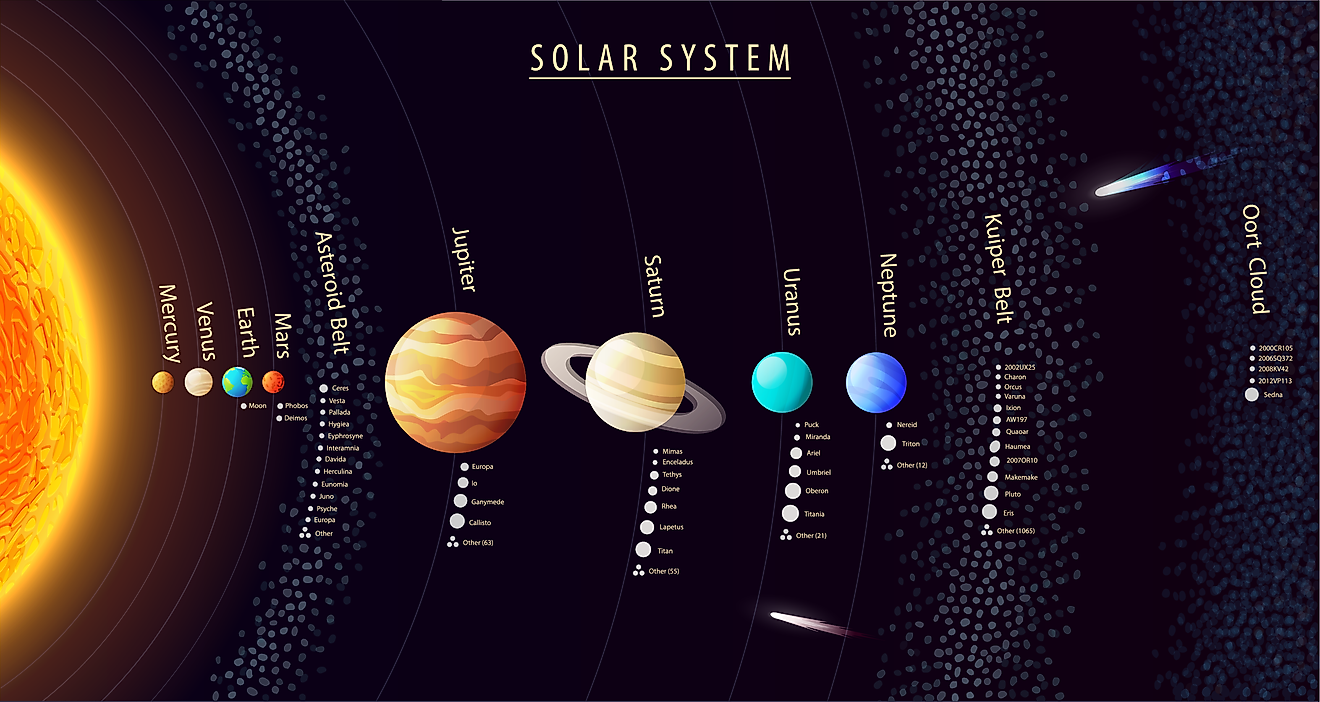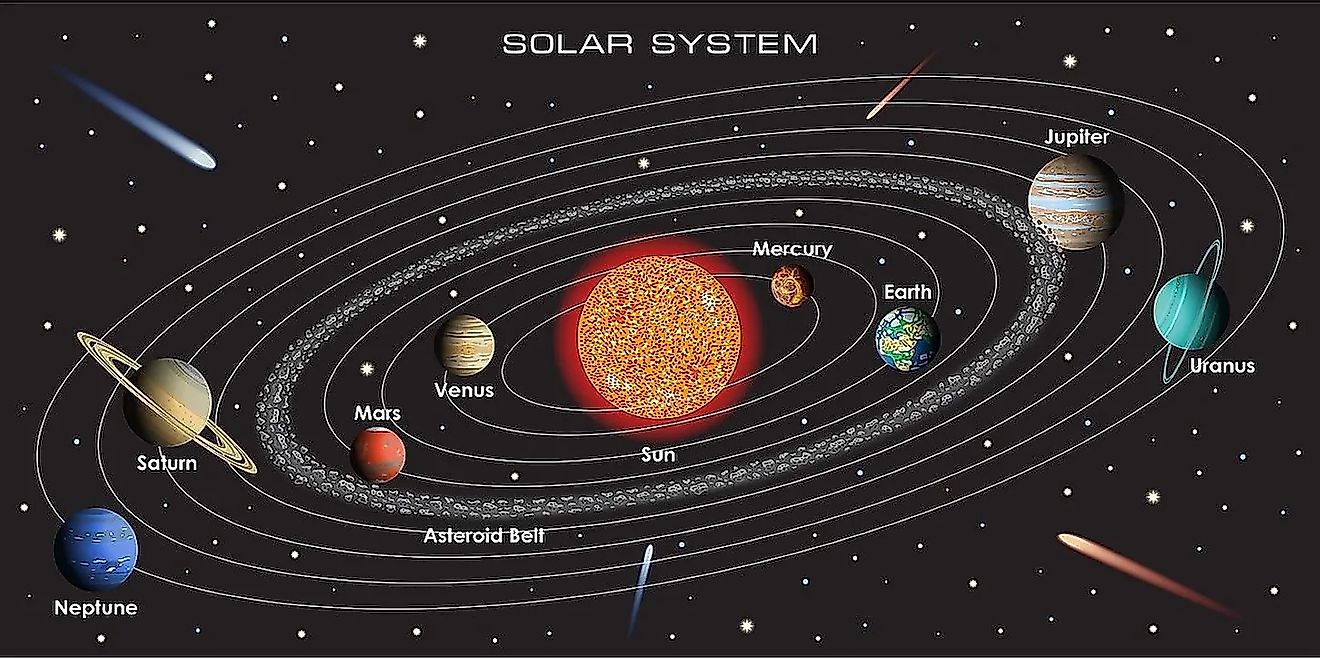
Our Solar System is the Rarest Kind in the Milky Way
Over the last few decades, scientists have confirmed the existence of over 5,300 planets beyond our solar system. Planets are so abundant that astronomers believe that every star is orbited by at least one planet. Planets are now believed to be a natural part of star formation. Planets themselves are not rare, yet how planets are ordered around their star can vary drastically. Recently published research suggests that how the planets are ordered in our solar system makes it among the rarest type of solar system in our galaxy.
Classes of Solar Systems

Astronomers have uncovered four classes of planetary systems, defined by how planets are ordered. These four types are similar, ordered, anti-ordered, and mixed. Similar solar systems are the most common type, and they generally contain planets with similar sizes and masses. Ordered solar systems are those that have increasing planet sizes with distance. Our solar system is an ordered solar system, which is the rarest class. Anti-ordered are the opposite of ordered, having planets that decrease in size with distance. A mixed solar system is one whose planet sizes and masses appear to be random. Using data from planet-hunting telescopes like Kepler, astronomers have determined that ordered solar systems are the rarest type in our galaxy.
Why Solar Systems Vary

Exactly why solar systems have specific architectural structures likely has to do with how solar systems form. Planets form shortly after their stars, within vast disks of gas and dust called protoplanetary disks. Disks with lower masses and small amounts of heavy elements will give rise to similar solar systems. Disks that possess a high mass with high amounts of heavier elements will give rise to either ordered or anti-ordered solar systems.
After planets form, however, other factors determine the type of solar system that emerges. For example, planets will collide with one another, and some will be flung out of the solar system. Multiple factors influence how planets are ordered in a solar system. Interestingly, the reason why similar solar systems are so common likely has to do with the type of stars they tend to form around. Similar solar systems are common around red dwarf stars, which are both the smallest and most abundant type of star in the universe. Since red dwarfs have such low masses, their protoplanetary disks also tend to have a low mass, generally resulting in the formation of similar solar systems.







